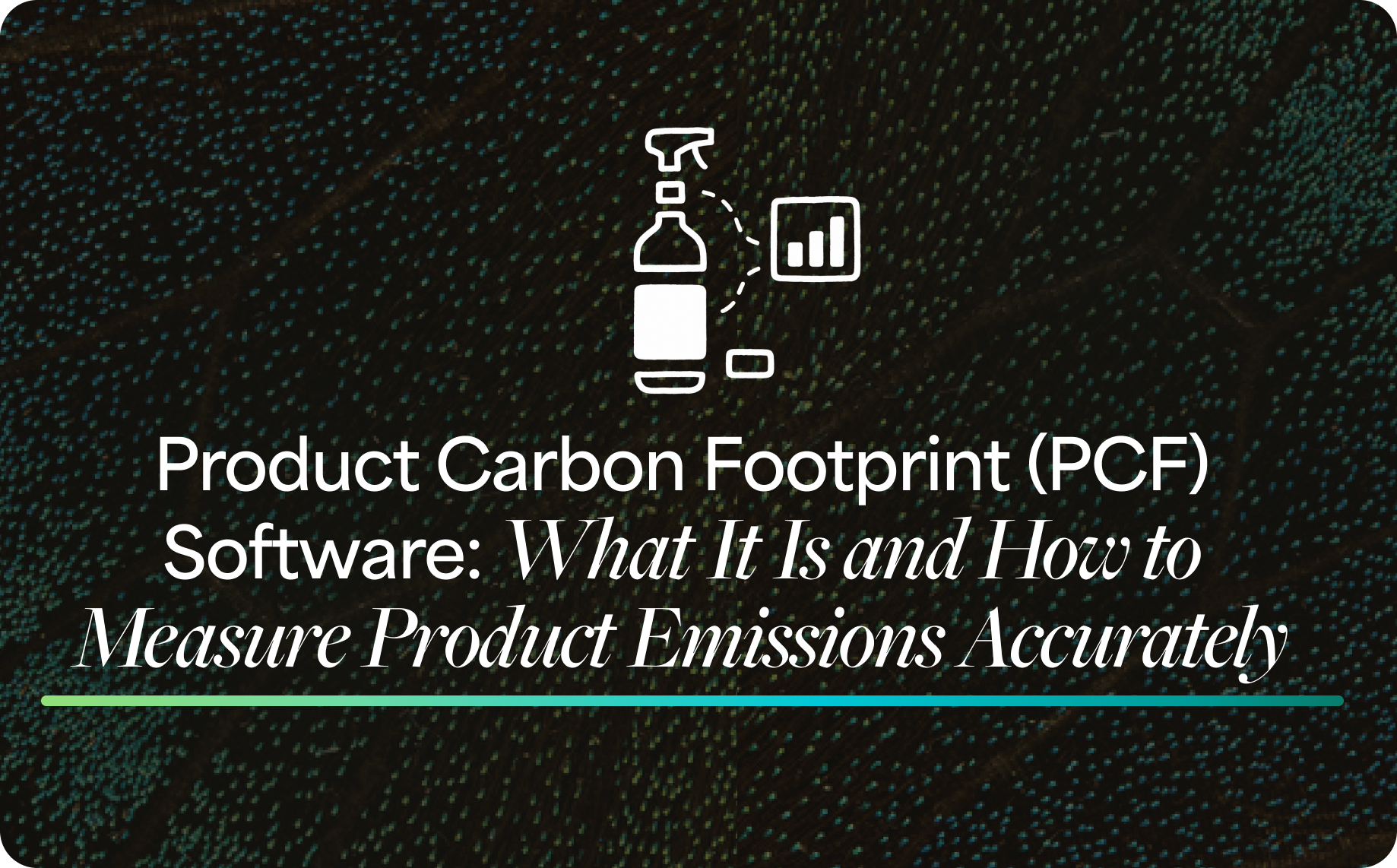Australia’s new reporting requirements demand that corporations reevaluate how they disclose environmental impact alongside sustainability strategies; effective January 1, 2025, large proprietary companies and designated superannuation entities must meet specific size and revenue thresholds, prompting organisations to examine their governance and reporting frameworks carefully.
What Are Sustainability Reporting Obligations in Australia?
These obligations require your organisation to report detailed, measurable data on environmental, social, and governance performance in accordance with the Australian Sustainability Reporting Standards (ASRS), as developed by the Australian Accounting Standards Board and aligned with global standards such as ISSB S1 and S2; key report elements include:
- Clear oversight of sustainability risks and opportunities
- Defined climate initiatives
- Structured risk management processes
- Precise metrics and targets, including greenhouse gas (GHG) emissions data
- An analysis of how sustainability efforts affect financial performance
Nearly 98% of companies now provide some form of sustainability information, which invites the question: How will your organisation ensure its disclosures meet these heightened expectations?
Important Regulatory Dates
- January 1, 2025: Companies meeting at least two criteria (over 500 employees, revenue above AUD 500 million, or total assets exceeding AUD 1 billion) must comply.
- July 1, 2026: Firms with over 250 employees or revenue above AUD 200 million are required to report.
- July 1, 2027: Smaller organisations (those with more than 100 employees or revenue above AUD 50 million) must adhere to the framework.
These staggered dates allow organisations of various sizes to implement comprehensive reporting protocols gradually.
When Do These Regulations Come Into Effect?
The phased implementation schedule has been designed to ease the transition; starting with high-revenue entities on January 1, 2025, moving to medium-sized organisations by July 1, 2026, and finally incorporating smaller enterprises on July 1, 2027. Is your organisation prepared to manage this stepwise integration?
Compliance Requirements Breakdown
- Group 1: Organisations with revenue exceeding AUD 500 million or total assets greater than AUD 1 billion.
- Group 2: Organisations with revenue over AUD 200 million or assets above AUD 500 million.
- Group 3: Organisations with revenue over AUD 50 million or assets exceeding AUD 25 million.
Recent projections suggest that while approximately 65% of ASX 200 companies might initially meet the thresholds, further analysis will refine these estimates as the regulations take effect.
Who Must Comply with Sustainability Reporting Guidelines?
The reporting obligations target public companies, large proprietary entities, registered schemes, and certain superannuation funds. Organisations need to review their filings under Chapter 2M of the Corporations Act and determine whether their size and asset metrics require compliance with these new rules.
Impacted Sectors
Industries such as:
- Mining
- Energy
- Finance
- Agribusiness
will face increased scrutiny over their environmental practices and the clarity of their sustainability reports, making it imperative for each sector to reexamine its reporting processes.
What Must be Included in Sustainability Reports?
Reports need to cover:
- Climate-related risks and governance structures
- Transition plans and decarbonisation strategies
- GHG emissions: Scopes 1, 2 and 3 (with a one-year relief-Scope 3 becomes mandatory from your second reporting period)
- Metrics, targets, and financial impacts
Emissions Details
- Scope 1: Direct emissions from sources your organisation controls.
- Scope 2: Indirect emissions from purchased electricity.
- Scope 3: Other indirect emissions across your value chain; required from year two under transition relief (AASB S2).
NGER thresholds
If your organisation meets NGER thresholds, you must register and report each year to the Clean Energy Regulator.
Facility level
- 25,000 tonnes or more of CO₂-e emissions (Scopes 1 and 2), or
- 100 terajoules or more of energy produced or used.
Corporate group level
- 50,000 tonnes or more of CO₂-e emissions (Scopes 1 and 2), or
- 200 terajoules or more of energy produced or used.
Separately, the Safeguard Mechanism applies if a single facility emits 100,000 tonnes or more of Scope 1 emissions in a year.
How Will Compliance be Assured and Enforced?
Understanding the assurance process is key to compliance. At first, sustainability reports will only need limited assurance. By the fifth year, this will move to reasonable assurance, which is the higher standard of audit used for financial statements. It means the information has been tested more thoroughly so stakeholders can rely on it with confidence.
This phased approach, set out under AUASB standards, strengthens transparency and accountability over time.
Under ASSA 5010, all climate disclosures will require reasonable assurance for reporting periods starting 1 July 2030.
Penalties for Non-Compliance
Like financial statements, sustainability reports will be rigorously scrutinized, and organizations that provide misleading or incomplete information may face civil penalties, with oversight by the Australian Securities and Investments Commission (ASIC) in line with Regulatory Guide 280.
Assurance Methodologies
Assurance is carried out under ASSA 5000 – General Requirements for Sustainability Assurance Engagements, the Australian framework issued by AUASB. It is aligned with the international ISSA 5000 standard and replaces older guidance.
In practice, this framework sets out how auditors check sustainability information, confirm reported figures, and provide confidence that disclosures can be trusted. By following ASSA 5000, organisations show consistency with global best practice and help build investor trust.
What Resources Are Available for Assistance?
A range of government and regulatory resources is available to support your compliance efforts:
- ASIC’s Regulatory Guide 280 details disclosure expectations.
- AASB exposure drafts provide guidance on best practices in governance.
- Treasury Consultation Paper, published in October 2024, offers in-depth analysis of cost-benefit considerations and phased thresholds.
Company Recommendations
- Use tools that will help you fasttrack ASRS regulatory compliance.
- Implement advanced data management systems capable of handling the complexity of emissions reporting, particularly for Scope 3 emissions, with dedicated Scope 3 emissions tracking and monitoring tools.
Conclusion
Adapting to Australia’s new sustainability reporting obligations requires deliberate planning, investment in updated reporting systems, and the reinforcement of governance structures; as key dates approach, your organisation must evaluate its reporting capabilities and allocate resources strategically, ensuring compliance while strengthening its overall sustainability performance and investor relations.
To help you confidently navigate the evolving regulatory environment, Unravel Carbon offers ASRS in a Box - an AI-driven, practical solution purpose-built for Australian requirements. By centralising emissions data, automating analytics, and integrating expert advisory support, Unravel empowers organisations to simplify their measurement and disclosure processes, turning compliance into a strategic advantage.
If you’re interested in learning how this can work for your organisation, simply reply to this message or reach out to hello@unravelcarbon.com



.jpg)

.jpg)